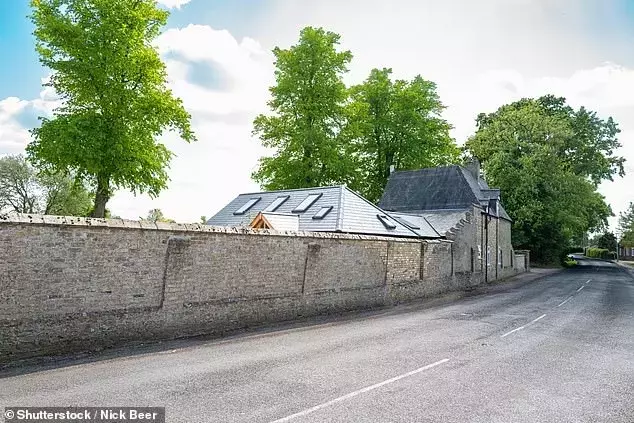
Concerns are mounting in traditional English villages regarding aged garden walls that are visibly tilting towards public walkways. These substantial structures, some reaching six feet in height and considerably longer, present a clear danger, raising fears of potential collapse and injury to pedestrians. This issue is particularly pressing for those navigating with buggies or wheelchairs, as the leaning walls frequently impede clear passage.
When faced with such a hazard, a homeowner's initial inclination might be to engage directly with the wall's owner. However, if this proves unproductive, the local council emerges as the primary authority to contact. Councils generally possess the power to intervene when public safety is compromised by an unsafe structure adjacent to a public path. Experts in property law highlight that while councils can compel property owners to rectify dangerous situations, their power typically extends only to issues of public hazard, not general maintenance. Property owners are ultimately responsible for the upkeep of their boundary structures, and failure to do so could lead to legal liability if neglect results in harm or damage. Photographs documenting the wall's condition and its location relative to the footpath can be valuable evidence when reporting the issue.
It is crucial for homeowners to recognize their responsibility in maintaining property boundaries, especially those bordering public access areas. Prompt action not only ensures public safety but also mitigates potential legal ramifications. Individuals who observe similar hazards in their communities should not hesitate to notify their local authorities. Addressing these issues collectively contributes to safer public spaces and fosters a stronger, more responsible community environment.
